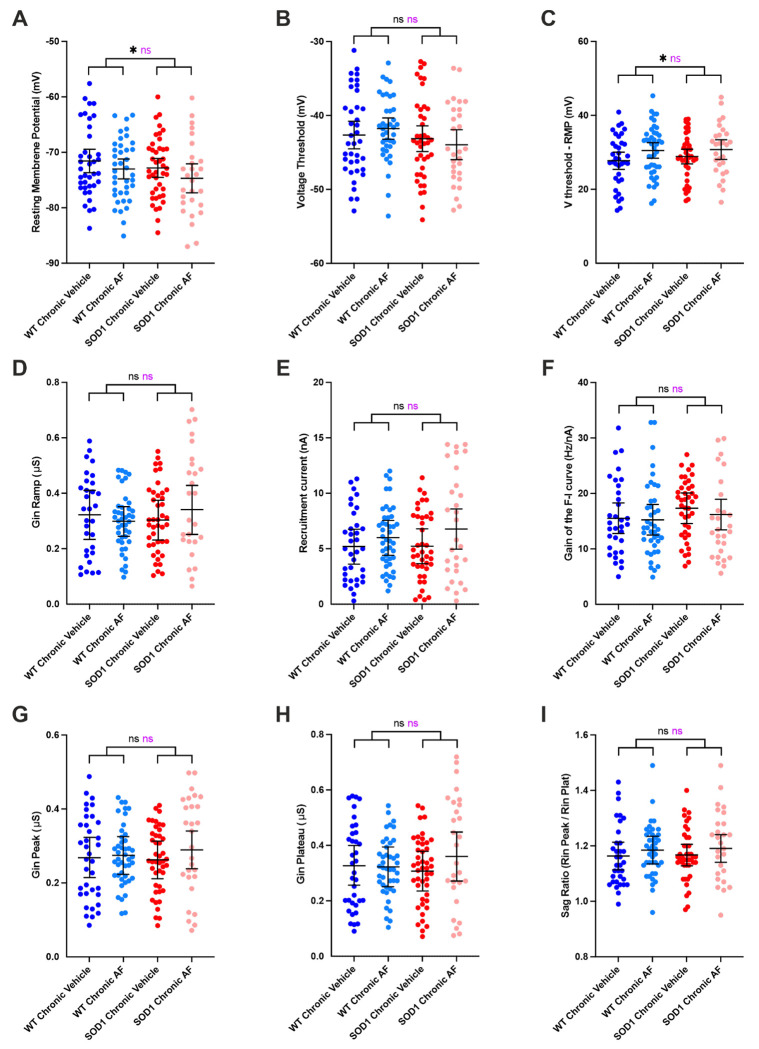Figure 7 |. Prolonged delivery of adrenergic β2/β3 agonists does not increase the firing of motoneurons.
A-F) Electrophysiological properties were obtained from slow ramps of current, as in Figure 3. Effect of the treatment on resting membrane potential (A), voltage threshold for spiking (B), Voltage threshold - resting membrane potential (C), ramp input conductance (D), recruitment current (E), gain of the F-I relationship (F), in MNs from WT and SOD1 mice. G-I) Electrophysiological properties were obtained from series of current pulses lasting 500ms, as in Figure 3. Effect of the chronic treatment on peak input conductance (G), plateau input conductance (H), sag ratio (Gin plateau / Gin peak) (I) in MNs from WT and SOD1 mice. In all graphs, each point represents one MN and the mean ± 95% CI are shown. Significances on top bars are for treatment effects (black) and interaction effects (magenta). Post-hoc significances are shown for WT Chronic Vehicle vs. WT Chronic AF (treatment effect in WT), SOD1 Chronic Vehicle vs. SOD1 Chronic AF (treatment effect in SOD1) and for WT Chronic Vehicle vs. SOD1 Chronic Vehicle (genotype effect before treatment). N =11 WT mice and N = 9 SOD1 mice. *p<0.05, **p<0.01, ***p<0.001, ****p<0.0001, ns - non significant.

